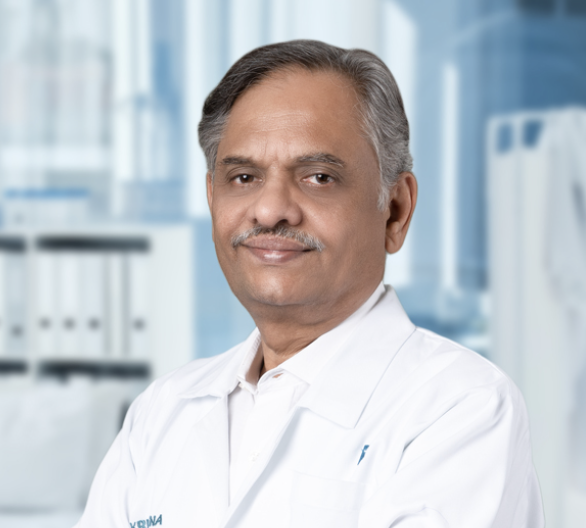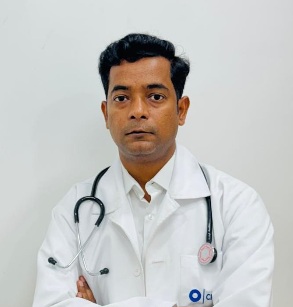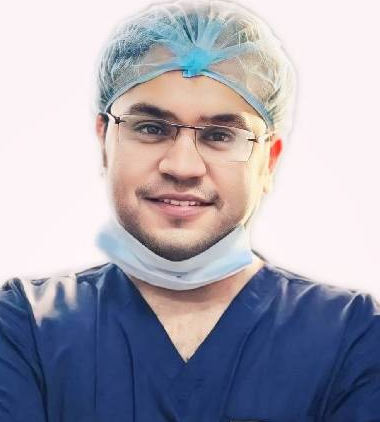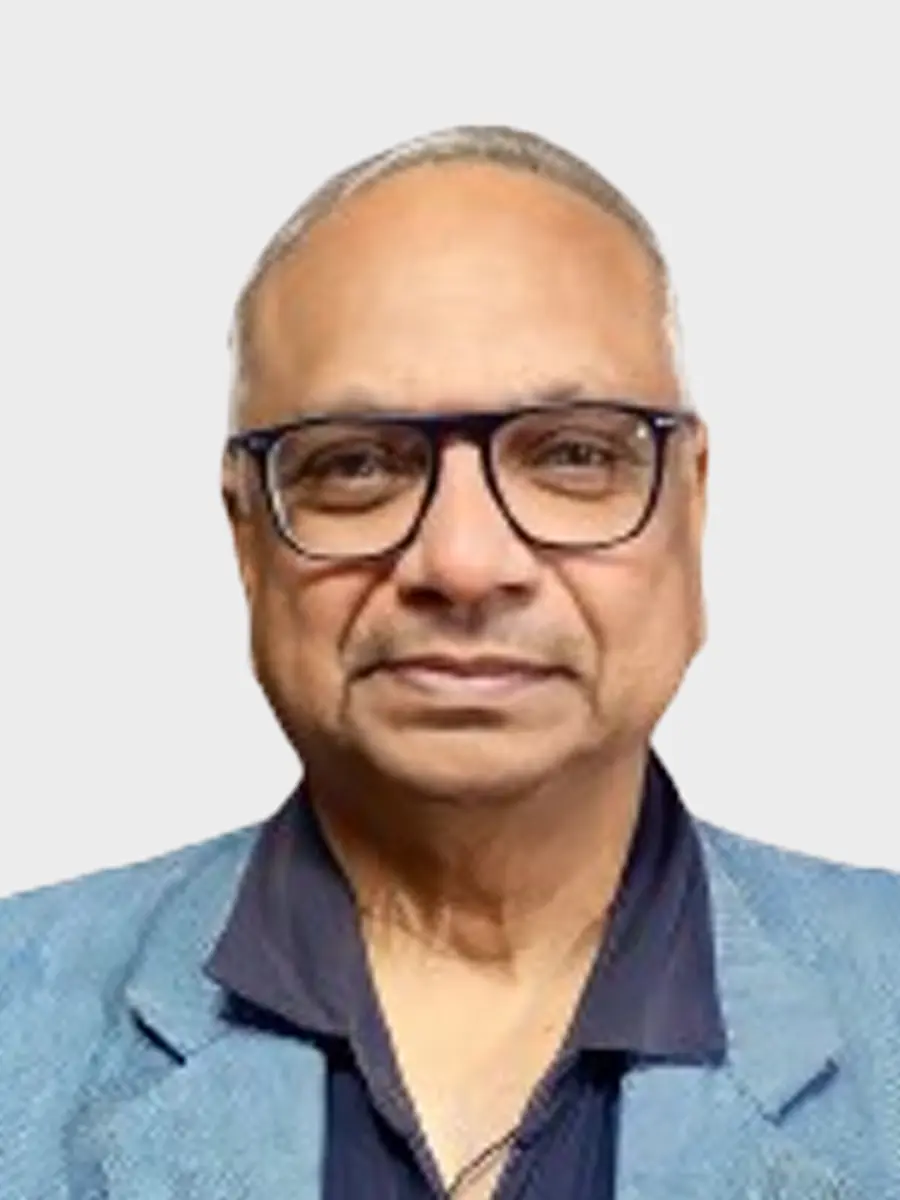Ventriculoperitoneal (VP) Shunt Procedure: Overview, Benefits & Risks

Treatment Duration
45 Minutes
------ To ------60 Minutes
Treatment Cost
₹ 45,000
------ To ------₹ 70,000

You can check VP Shunt Cost here.
How is VP Shunt Procedure done?
Hydrocephalus can become fatal without treatment. The doctor may suggest either of the following surgical options to restore the flow of CSF:-
- VP Shunt: In most cases, the surgeon inserts a shunt. It is a long tube with a valve that drains fluid from the brain. A VP shunt implant is permanent and requires regular monitoring.
- Ventriculostomy: Ventriculostomy is a procedure that requires making a hole at the bottom of a ventricle or in between ventricles, allowing CSF to leave the brain and relieving the pressure.
The most common is the VP shunt procedure to treat Hydrocephalus.
- Step 1: The surgeon makes a tiny incision behind the ear and another small cut in the belly.
- Step 2: They drill a hole in the skull and pass the inflow catheter into a ventricle of the brain through this incision. The surgeon may use an endoscope to have a better look inside the ventricle.
- Step 3: The outflow catheter is placed under the skin, behind the ear. The surgeon sends the catheter down the neck and chest, and into the belly area. They may also need to make a few more cuts near the neck or collar bone to pass the catheter under the skin.
- Step 4: The surgeon places a valve under the skin, usually behind the ear. The valve is connected to both the catheters. It opens when extra pressure builds around the brain, and the excess fluid drains through the catheter in the chest or belly area.
Please note that the procedure selection is based on the patient’s condition and the doctor’s opinion.
What Can You Expect Before Surgery?
- Before surgery, the doctor will explain the VP shunt surgery to you, inform you of the duration, usually 90 minutes, and answer your queries.
- You may be ordered a Pre-Anaesthesia Checkup (PAC) to examine if you are fit for the surgery.
- The doctor will ask you about the medicines, vitamins, and supplements you take.
- They will also inform you about the drink and food restrictions. Older children and adults need to fast for at least 8 hours before the surgery. On the other hand, infants and toddlers may need to stop eating solid food and baby formula six hours before the surgery.
- You will be asked to go to bed early and take a full night’s sleep.
- Your healthcare provider may also provide other instructions for preparation at home, such as bathing with a special soap.
What Can You Expect on the Day of Surgery?
- On the day of the surgery, you will be asked to sign the consent formalities
- Next, the staff will inform about the change of clothes, removal of jewellery, and non-permanent dentures.
- The surgical nurse will perform the surgical site preparation by shaving the area behind your ear.
- They will record your last meal and ask you to take a specific medication with a small sip of water.
- Finally, they will monitor your vitals and shift you to the OT room.
What Can You Expect During the Surgery?
- You will be made to relax on the operating table, and the doctor will start an IV line in your hand for fluids or medicines.
- Then, the doctor will give you general anaesthesia.
- The team will clean the surgical area with an antiseptic solution.
- The team will monitor your vitals, like blood pressure, breathing, and heart rate, throughout the VP shunt procedure.
- Finally, the surgeon will make incisions and perform the surgery.
What Can You Expect After the Surgery?
Recovery in the Hospital
- After the procedure, the hospital staff will shift you to the recovery room to monitor your heart rate and blood pressure.
- Once the vitals are stable, the staff will shift you to the hospital room.
- You might experience mild pain over the stitches following the surgery. The doctor will prescribe medications to manage the pain.
- The doctor will ensure that your shunt is properly working and may get you done a CT scan before discharging.
- Your doctor will take off the bandages after 1-2 days of the surgery.
- Recovery for a VP shunt surgery takes place in 3-4 days. You will get discharged from the hospital a maximum of four days after the procedure.
Recovery at Home
- The doctor will give specific instructions to keep the incisions clean and dry.
- It may take around two weeks, or as the doctor advises, to return to normal day-to-day activities.
- Moving and walking can help you prevent blood clots and have bowel movements. Your physical therapist can help you move around if needed.
- Don’t drive or drink alcohol while you are on medication.
Expert Doctors (10)
NABH Accredited Hospitals (10)


Who needs VP Shunt Procedure?
People of all ages can develop hydrocephalus and thus require a VP shunt. However, it is most common in babies, older adults and after brain trauma. When a person develops hydrocephalus, it means that there is one of the following:-
- overproduction of CSF
- poor absorption of CSF in the blood
- blockages that prevent CSF from flowing throughout the brain

What are the Risks & Complications of VP Shunt?
Contact your Healthcare Provider in case of a VP shunt complication or infection. The signs of a VP shunt infection include:-
- Pain around the shunt
- A fever of 100.4℉ or higher
- Redness or swelling of the skin
- Fluid leakage
What are the benefits of VP Shunt?
- Treats Hydrocephalus
- Regulates the pressure, flow and amount of cerebrospinal fluid out of brain's ventricles
What are the Risks of Delaying VP Shunt Surgery?
Early diagnosis and prompt treatment can increase the survival rates of hydrocephalus patients. However, if left untreated, it can prove to be lethal. The risks of delaying VP shunt surgery include:-
- Visual disturbances
- Compromised mental functioning
- Incontinence
- Difficulty in walking
- Reduced consciousness
In most cases, hydrocephalus progresses. Therefore, several life-threatening complications can occur if not treated promptly, such as physical, developmental, and intellectual disabilities. However, less severe cases may have a few or no serious complications when appropriately treated.

Follow-up Appointment
First Follow-Up Appointment
Your doctor will schedule the first-follow up appointment after 7-10 days of the surgery. The doctor will remove sutures or staples in the incisions in the follow-up session. They will also perform CT, and MRI scans to ensure that the shunt works properly and relieves the symptoms. The follow-up schedule will depend on your condition and the doctor’s opinion.
When to Consult a Doctor?
Visit your provider if you experience the following signs and symptoms:-
- Fatigue
- Irritability
- Vomiting
- Impaired vision
- Constant headache
- Loss of balance
- Difficulty in staying awake
Last Updated on: 7 February 2025
Author
HexaHealth Care Team
HexaHealth Care Team brings you medical content covering many important conditions, procedures falling under different medical specialities. The content published is thoroughly reviewed by our panel of qualified doctors for its accuracy and relevance.
Latest Health Articles
























